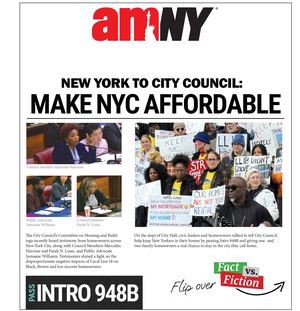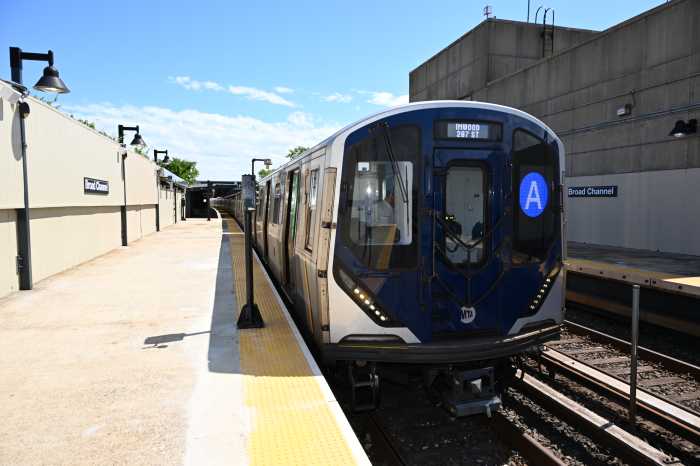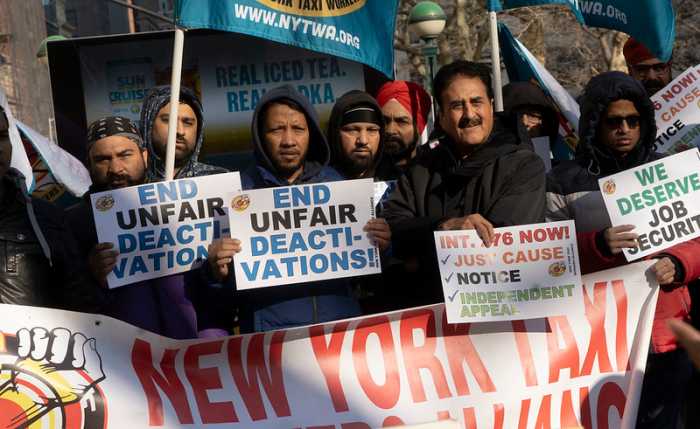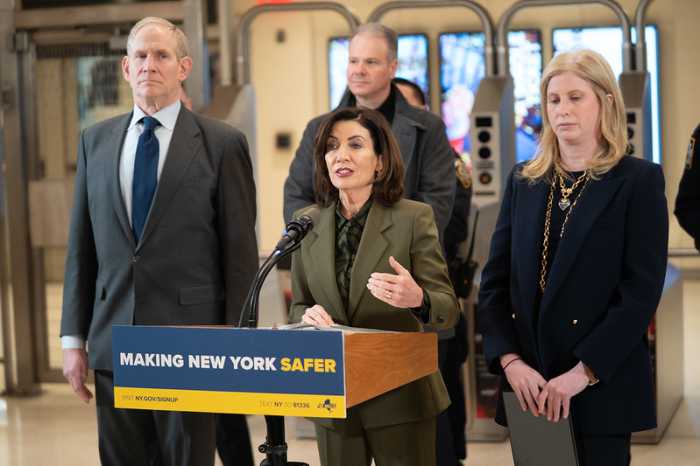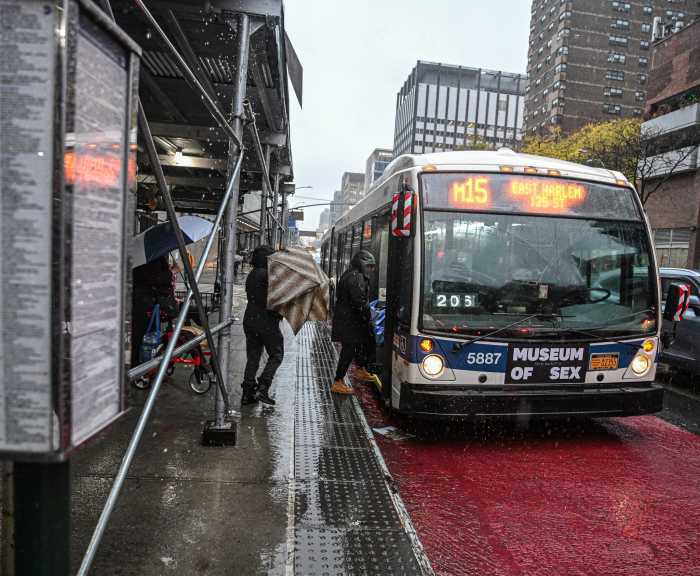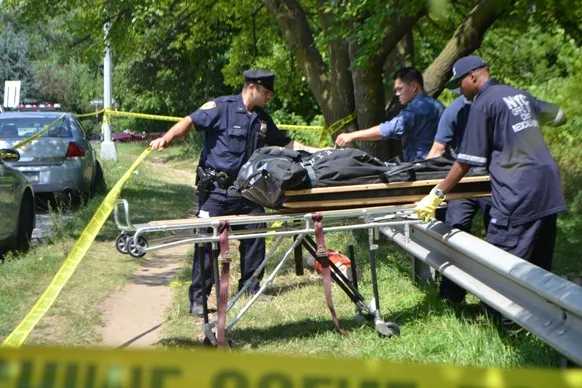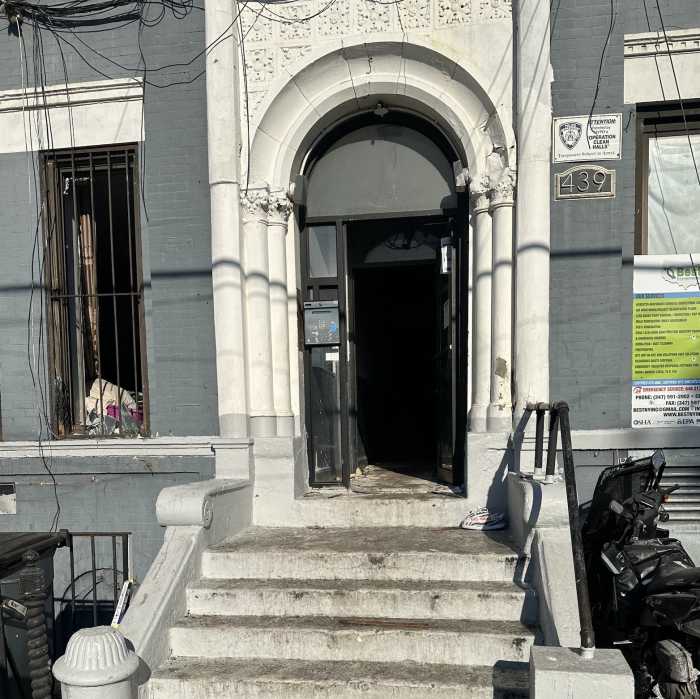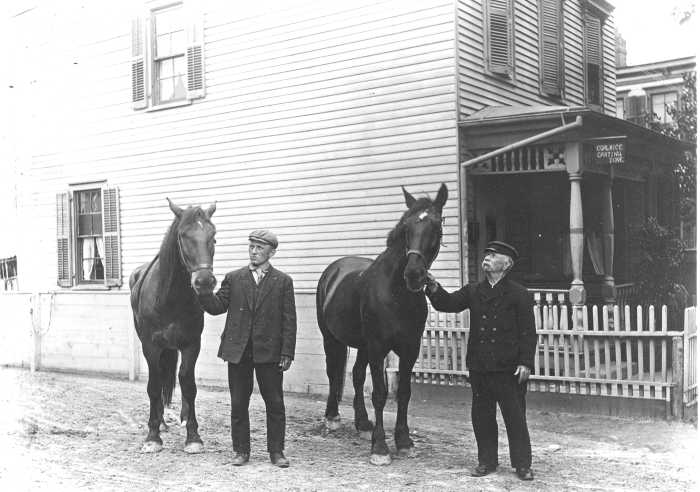
Mayor Bill de Blasio’s preliminary city budget includes an injection of funding for Vision Zero, but leaves out key transit equity proposals advocates have championed this year.
There’s $400 million to be spent over six years for Vision Zero in the city’s 2018 budget draft. That will go mostly toward street reconstruction projects, improved street markings and traffic signal improvements. The initiative is now funded to $1.6 billion through 2021.
“These are areas that will help enhance the Vision Zero approach,” said de Blasio at a budget briefing Tuesday. “We think we’re going to be able to show even greater ability to save lives and protect people as Vision Zero deepens.”
That funding is part of an $84.67 billion budget that de Blasio rolled out “against a backdrop of a lot of uncertainty,” the mayor said, relating to President Donald Trump’s threats to cut federal funding for sanctuary cities like New York.
It’s still unclear how much funding would be at stake and if Trump would even carry out such a slash.
But Vision Zero proponents are pleased and said the new money will save lives. Last year, the number of cyclists and pedestrians killed on city streets increased, though the total number of traffic fatalities fell for a third straight year — to an historic low of 229.
It’s an answer to two years of calls from the likes of Transportation Alternatives and the City Council to beef up what the nonprofit group referred to as “woefully inadequate” Vision Zero spending to achieve the initiative’s goal of zero deaths by 2024.
“It’s not all we recommended, but it’s a huge step forward for Vision Zero,” said Paul Steely White, executive director of Transportation Alternatives. “It’s certainly the biggest operational increase we’ve seen and that’s important.”
There’s also $6.3 million budgeted to cover the hiring of 200 more crossing guards — and 100 guard supervisors — by June 2017.
The mayor’s budget does not, however, include a penny of funding toward half-fare MetroCards for low-income New York City residents — a proposal that gained support over the past few months from the majority of council members as a means to improve access to the state-run MTA’s increasingly expensive mass transit network.
It would cost the city about $200 million annually to support such a program that would impact roughly 800,000 city residents, according to the Community Service Society of New York and the Riders Alliance, the two groups that have rallied for the policy.
“First of all, it’s something we cannot afford to do and, second of all, it should be the responsibility of the state of New York,” said de Blasio, who conceded that the proposal is “a noble goal.”
Rebecca Bailin, campaign manager at Riders Alliance, said she “vehemently disagrees” with the mayor, pointing out that the annual funding would make up a tiny fraction of city spending.
“It only makes sense that our mayor, who ran on addressing economic inequality, would help with such an issue,” she said. “People don’t jump turnstiles for fun. They do it to get to work, to childcare, to the doctor. … It’s the city’s obligation to protect our most vulnerable citizens and pull them out of poverty.”
The preliminary budget also outlines a slight increase to repave city streets. That number will jump by $6.4 million in fiscal year 2018 to $270 million from $263.6 million in fiscal year 2017.
And it does not include public funding that Citi Bike’s operators, Motivate, has said would be needed to expand the network to all five boroughs. The mayor’s office said that the administration and Motivate must first outline an expansion plan before coming to an exact dollar amount.
“The mayor wants Citi Bike to reach riders in all five boroughs,” said Austin Finan, a mayoral spokesman, in a statement. “We’re in ongoing talks with the company about what it will take to make that expansion possible, what it would cost and how it could be funded. We still have a year of planned expansions in Harlem, Astoria and Brooklyn ahead, so no decisions have yet been made.”
